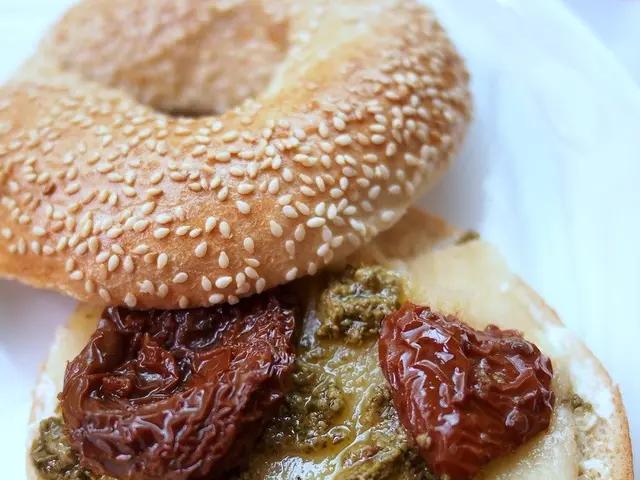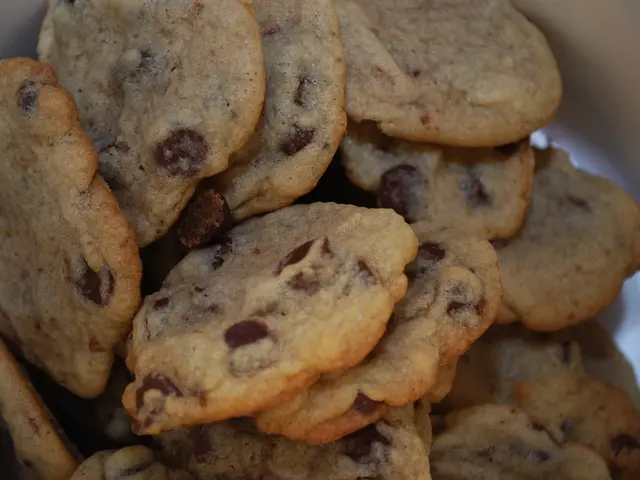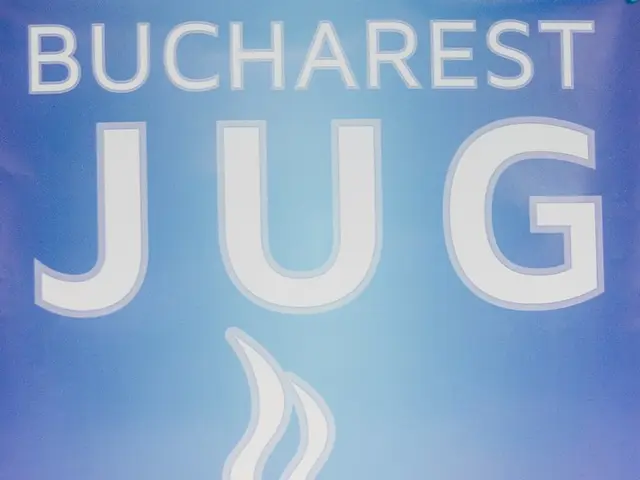School food providers fined for contaminating students at a Krasnoyarsk school
In Krasnoyarsk, the company "RIC" was fined 100,000 rubles due to an outbreak of stomach illness among students at School No76. Several students contracted a stomach infection after consuming macaroni and cheese, a meal prepared by employees of the kitchen block infected with the gold-colored staphylococcus.
Apparently, the health department reported that in November 2024, 43 students were hospitalized due to severe stomach infection. Tests conducted on kitchen staff revealed five individuals were infected with staphylococcus, who were responsible for preparing the aforementioned dish that all the affected students consumed.
Importantly, the cooking process was violated—macaroni should be baked at 130 degrees for 20-30 minutes, a temperature at which microorganisms die. However, the cook simply melted the cheese for 7 minutes and served the meal to the children.
Consequently, the catering provider was charged with administrative responsibility and received a fine of 100 thousand rubles.
The company "RIC" has also been presented with a remedial action, the execution of which is currently under review. Families of the affected students may file lawsuits for compensation of both moral and material damage – for this, they must contact the health department.
Picture: local prosecutor's office
To avoid food poisoning incidents, especially in schools while preparing meals like macaroni and cheese, strict adherence to proper cooking temperatures and food safety protocols is essential. Here's a focused approach:
Key Prevention Strategies1. Implementing HACCP-Based Food Safety Programs – Schools should implement a Hazard Analysis and Critical Control Point (HACCP) plan to identify risks such as bacterial growth (e.g., Staphylococcus aureus) and establish control measures[1][5]. For macaroni and cheese, critical steps include: - Proper temperature control during preparation and storage to prevent bacterial proliferation. - Hygiene practices (e.g., handwashing, sanitized surfaces) to avoid cross-contamination.
- Proper Cooking Temperatures for Pathogen Elimination –
- Staphylococcus aureus produces heat-stable toxins, so preventing contamination is crucial since reheating may not destroy toxins[3].
- Cook pasta and sauce to safe internal temperatures:
- Hold hot foods at ≥135°F (57°C) to inhibit bacterial growth[3][5].
- Ensure reheating reaches ≥165°F (74°C) for any previously cooked components[3].
- Monitoring and Compliance –
- Use food thermometers to verify temperatures during cooking and holding[3].
- Follow state guidelines (e.g., California AR Guidance) to document compliance with food safety protocols[1][2].
- To prevent food-poisoning incidents like the one in Krasnoyarsk, it's crucial for schools to prioritize food safety, focusing on implementing HACCP-based programs.
- Proper cooking temperatures play a vital role in eliminating pathogens, such as the golden-colored staphylococcus that caused the sickness at School No76.
- Macaroni and cheese, like the meal in question, should be cooked at a temperature of at least 130 degrees for 20-30 minutes, ensuring microorganisms are killed off and food is safe to consume.
- In addition, schools must abide by strict hygiene practices, including thorough handwashing and sanitized surfaces, to minimize cross-contamination risks.
- Regular monitoring and compliance checks are also essential to maintain food safety standards, with food thermometers used to verify cooking and holding temperatures, and state guidelines followed to document adherence to protocols.







